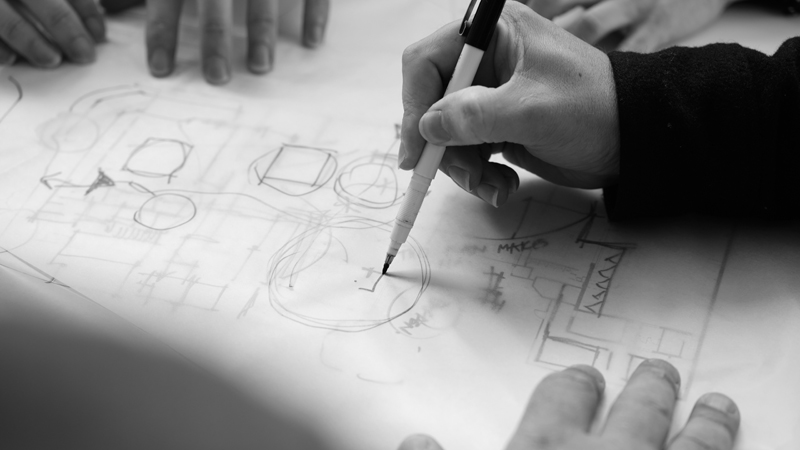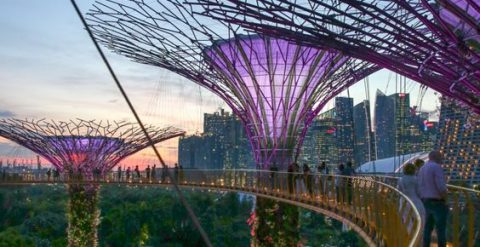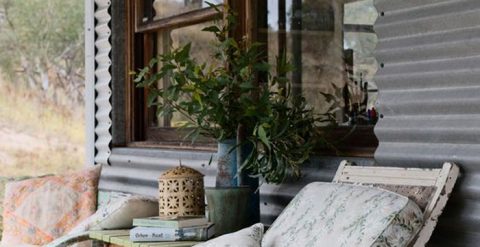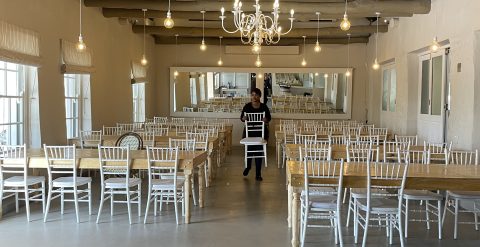
Build Smarter
Recent headlines on cost blowouts and labour shortages in the building industry are affecting anyone considering a construction project or an interior fit-out in the months ahead.
As we noted in another recent post, while the housing industry is currently the most heavily impacted, the rise in the cost of labour and materials is being seen across the board at rates of up to 25%, with material costs rising by 150% for steel and up to 240% for rock and bluestone.
Due to skyrocketing costs like these, many projects are likely to go way over initial estimates and budgets. Australia is no stranger to construction budget blowouts – one of the biggest overruns in history was the Sydney Opera House, with an original budget of $56.2 million that ballooned to a final whopping cost of $819.4 million. What do these inflationary increases mean for your project? How do you avoid a financial catastrophe?
Build smarter
When choosing which construction projects (or parts of projects) to tackle, we advise clients to build smarter by selecting jobs that match your brand and add long-term value. For example:
- Improvements that help you sell things, such as better displays, clearing of traffic bottlenecks, or creating displays that reflect the quality and price point of your products
- Projects that diversify what you’re able to offer or make assets of spaces that are currently not valuable – for example, adapting a space to suit a new activity
- Things that help you tell your story
- Improvements that make operations more efficient or help you save money and resources in the long term (water, electricity, heat, etc.)
- Projects that keep people on site longer, more engaged and/or get to know you better
- Things that make more bookable (and paid) experiences possible
- Projects that have long-term benefits within your strategic planning
Here are some additional thoughts and suggestions:
- Take time to plan – Proper pre-construction planning is critical. If you don’t have properly researched schedules and budgets, your project will be headed for an overrun from the start. It’s vital to the project’s success to be accurate and realistic about project deadlines from architects and contractors.
- Focus on goals & outcomes – Take advantage of your architect or designer’s knowledge and go through a value management exercise. Value management is concerned with the creation of sustainable value, so ask how the project fits in with your brand and how it will help you achieve your goals. These kinds of projects have long-term value.
- Choose experienced teams who have done similar projects – It can be tempting to try to save money by going with a team that gives you the lowest quote, even if they don’t have experience in your industry. This is risky at best, because while no two projects are exactly alike, your risk of an overrun grows when you choose a team that’s unfamiliar with the potential pitfalls and cost increases that can happen with a project outside their knowledge base.
- Work with your team to think lean – Lean design and construction involve planning projects so there are increased levels of productivity, reduced waste of materials (sometimes by more than 60%) and improved accountability. Architects, suppliers and clients should all be involved to ensure that projects meet goals while using the least amount of energy and materials. Lean construction can significantly improve cost savings for everyone, so talk with your designers and architects about options.
- Consider breaking the project up – This tactic may or may not work for your project, but if it’s possible, it might be kinder to both your cash flow and your annual budget. For instance, a winery might be able to add a tasting room this year with a goal of adding an attached restaurant or café a year or two later, once additional sales provide more income.
- Communicate, communicate, communicate – The more complex the project, the more important it is for all parties to know what’s expected. Be clear from the beginning and determine the best ways to check in regularly with all parties on: How the project will be run and reported on; what’s included and excluded in the quote and how you will deal with overruns and scope changes; how risks will be managed; how invoicing will work and what both parties are expecting.
We know it’s a difficult time, and we’re always happy to chat. Give us a call and let’s just start with a coffee.





